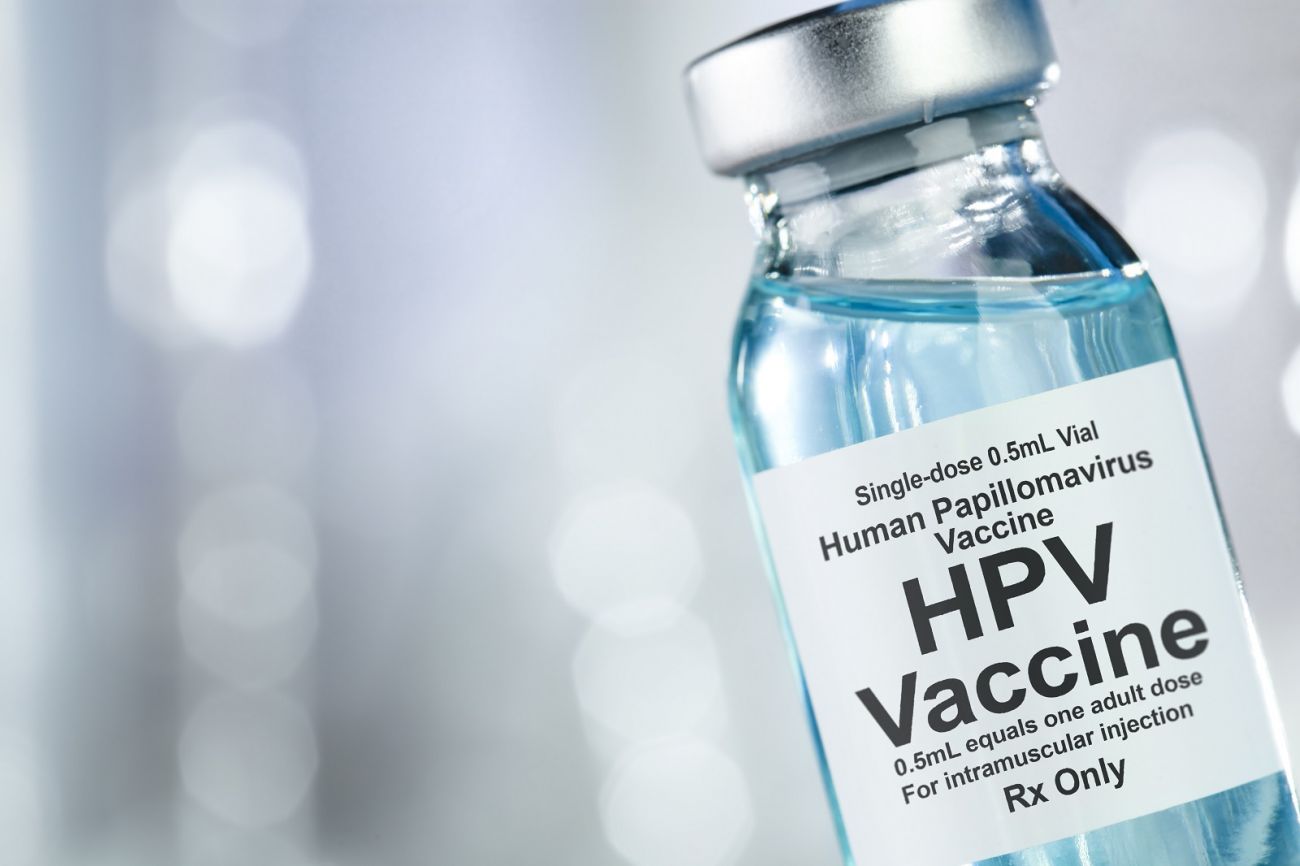More than 34,000 cancers per year are caused by the human papillomavirus (HPV), according to The Centers for Disease Control and Prevention (CDC). Fortunately, there’s a vaccine called Gardasil®9 that protects against nine types of HPV, including those that cause most cases of genital warts and a majority of cancers of the cervix, anus, vulva, vagina, penis and throat.
What is the Human Papillomavirus (HPV)?
HPV is actually a group of viruses — more than 140 types in all — and about 40 of them have a substantial impact on public health. You can get HPV through any skin-to-skin contact, which means you can be exposed when you have vaginal, anal or oral sex with someone who has been infected. The virus is so common that almost all men and women in the U.S. will eventually be infected with at least one type of HPV.
There are both low-risk and high-risk types of HPV. Low-risk types lead to warts in the area around the anus and genitals. High-risk types are of greater concern because they can lead to cancers and precancers. They have been linked to:
- Cervical cancer
- Cancers of the oropharynx
- Anal cancer
- Penile cancer
- Vaginal cancer
- Vulvar cancer
Although most cases of HPV clear up by themselves in one or two years without treatment, some do not. After a period of years or even decades, these long-term infections are the ones that can lead to cancer.
Who should get the HPV vaccine — and when?
The Centers for Disease Control and Prevention (CDC) recommends vaccinating boys and girls at age 9 to 12, before they become exposed to HPV. Children as young as nine can get the vaccine.
Catch-up vaccination should be routinely offered to everyone through age 26 if they have not completed the vaccine series. For people 27-45 years old, a "shared clinical decision-making" approach is suggested, in which healthcare providers discuss the evidence, their professional experience and the patient's preferences to arrive at an individualized plan for each patient.
While the vaccine is designed to prevent infection from nine types of HPV, it's important to understand that it protects you against only those types to which you have not yet been exposed. Most adults have already been exposed to one or more types of HPV, but not necessarily all the types the vaccine targets, so the vaccine may still offer some level of protection. Children should receive the vaccine by age 12 because at that age they probably have not yet been exposed to any types of HPV, in which case they will be protected against all nine types covered by the vaccine.
The vaccine is given in a series of shots, and the number of shots depends on your health status and age at the time of vaccination. Those who have a healthy immune system and who start the series prior to their 15th birthday (between ages 9-14) need two shots, given six months apart. Those who are 15-45 years old (or younger persons who have an impaired immune system) need to receive three doses, given over a period of six months.
Most insurance companies cover the cost, and there are financial assistance programs that may be able to help you if you do not have insurance.
Is there an HPV test?
An HPV test is available to women, but only under certain circumstances, as part of recommended cervical cancer screening. It can detect high-risk HPV types that cause most cases of cervical cancer (including the most common types — HPV 16 and 18).
In women ages 21-29, if a regular Pap smear detects abnormal cells on the cervix, an HPV test may be used to determine whether or not high-risk HPV is present. This information can help guide treatment decisions.
In women ages 30-65, "co-testing" — which involves a Pap smear and HPV testing together — is commonly used to guide decisions about how to manage mild abnormalities discovered during a Pap smear or how often a woman should have cervical cancer screening.
The U.S. Preventive Services Task Force recommends that women ages 30-65 receive screening every three years with a Pap test alone, every five years with the HPV test alone, or every five years with the HPV test in addition to a Pap test. Recommendations are different for women under 30 or older than 64, or women whose cervix has been removed.
What are the symptoms of HPV?
Although low-risk types of HPV can cause warts in the genital area, high-risk types — the ones associated with cancer — do not cause any symptoms, so you may be infected with high-risk HPV and not know it. HPV is responsible for the vast majority of abnormal Pap tests (tests to check for cervical cancer in women).
Can HPV be cured?
There is no treatment for the HPV virus. However:
- Genital warts caused by HPV can be treated.
- Cervical cancer caused by HPV can be prevented. If abnormal cells on the cervix (the neck of the uterus) are detected in time, they can be removed before they turn into cervical cancer. Regular Pap tests are the best way to detect the abnormal cells before cancer develops, or to detect cervical cancer in its early stages when it is most likely to be treated successfully. HPV testing can show whether high-risk strains of HPV are present, and this information can help determine how often you should get a Pap test.
Recommended screening tests are not available for early detection of other HPV-related cancers.

